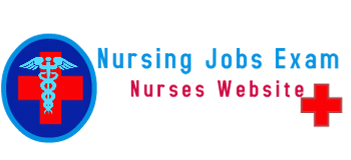Definition
Asthma is a chronic inflammatory disorder of the airways, leading to episodes of wheezing, breathlessness, chest tightness, and coughing.
Pathophysiology (Simplified)
👉Asthma involves chronic inflammation of the airways, leading to airflow obstruction and bronchial hyperresponsiveness (overreaction to triggers). Here’s a step-by-step breakdown:
🔄 1. Trigger ExposureAllergens, irritants, cold air, exercise, etc., stimulate the immune system.
🛑 2. Inflammatory ResponseImmune cells (mast cells, eosinophils, T-cells) release histamine and other mediators.Leads to swelling and inflammation of the airway lining.
💨 3. BronchoconstrictionSmooth muscles around the bronchi constrict (tighten), narrowing the airways.
💦 4. Mucus ProductionGlands in the airway secrete excess mucus, further blocking airflow.
🚫 5. Airflow Limitation
Narrowed, swollen airways filled with mucus reduce airflow, causing wheezing, cough, and shortness of breath.
🔁 6. Reversible Episodes
With treatment (e.g., bronchodilators), symptoms are usually reversible.
Causes
👉Allergens (dust, pollen, mold)
👉Respiratory infections
👉Exercise
👉Cold air
👉Air pollution & smoke
👉Stress/emotions
Symptoms
👉Shortness of breat
👉Wheezing
👉Chest tightness
👉Persistent coughing (especially at night/early morning)
Diagnosis
👉Physical examination
👉Spirometry – measures lung function
👉Peak flow test
👉Allergy testing
Treatment
👉Quick-relief (rescue) inhalers – e.g., Salbutamol
👉Long-term control medications – corticosteroids
👉Avoiding triggers
👉Breathing exercises
Complications
👉Frequent severe attacks
👉Respiratory failure (rare)
👉Decreased ability to exercise
👉Impact on daily activities
Prevention
👉Identify and avoid triggers
👉Regular medication use
👉Monitor breathing (peak flow meter)
👉Annual flu vaccination
Nursing Diagnosis:
👉Ineffective airway clearance
👉Impaired gas exchange
👉Anxiety related to breathing difficulty
👉Activity intolerance
Nursing Considerations
👉Monitor respiratory status and oxygen levels
👉Educate patient on inhaler use and trigger avoidance👉Promote calm environment during attacks
👉Encourage adherence to treatment plan
👉Teach breathing and relaxation techniques






